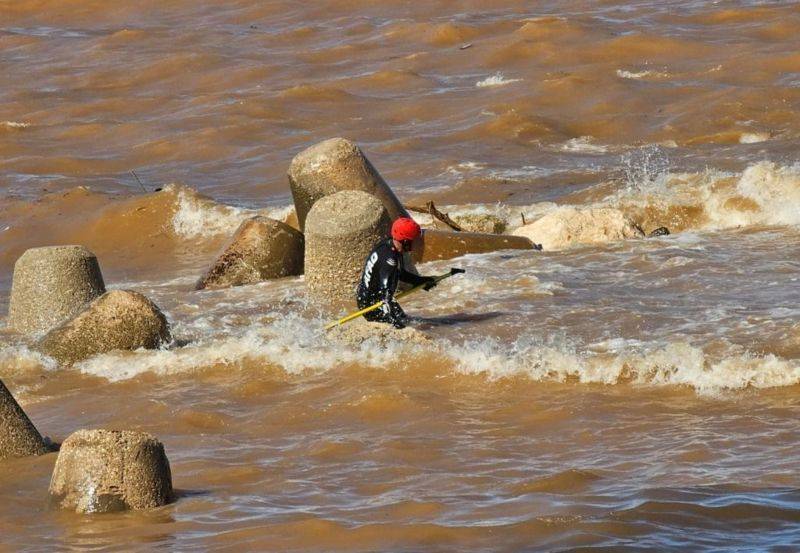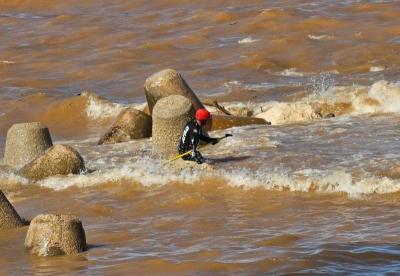BBC Arabic raised a vital question regarding the collapse of the two dams in Derna, which had the most significant impact from the storm on the growing disaster that struck the country. It concluded that "the lack of maintenance of the dams in Derna had a clear effect on the occurrence of the floods."
#### Why Were the Dams Built?
Historically, the city of Derna has faced a series of floods, particularly in 1941, 1959, and 1968. However, the flood of 1959 was the most devastating for the city. Following that, studies in the 1960s suggested that dams should be built to protect the city from floods. Indeed, a Yugoslav company constructed the two dams in the 1970s, naming the upper dam "Dams of the Country," with a storage capacity of 1.5 million cubic meters, while the lower dam, Abu Mansour Dam, had a storage capacity of 22.5 million cubic meters. The dams were built with a core of compacted clay and a surrounding shield of stone and rocks. Derna experienced flooding again in 1986, but the dams successfully managed the water flow to prevent severe damage to the city.
#### How Did the Collapse Occur?
The dam management in the Ministry of Water Resources, under the interim government led by Abdul Hamid Dbeibeh, stated that the flow of the stored water in the two dams of Wadi Derna weakened their capacity, leading to their collapse. The volume mentioned by the ministry was approximately 23.5 million cubic meters. The failure of the first dam to contain the flood resulted in the rapid flow of water toward the second dam, causing it to burst as well. Reports also indicated that the rainfall exceeded 200 mm, surpassing the structures' design capacity. Furthermore, the reports suggested studying the possibility of attributing the total rainfall to climate change.
#### Lack of Maintenance
In a research paper published last year, hydrologist Abdul Wanis Ashour from Omar Al-Mukhtar University in Libya stated that the repeated floods in the valley pose a threat to Derna. He noted five floods since 1942 and called for immediate action to ensure regular maintenance of the dams. Ashour attributed the problems threatening the Wadi Derna basin to several reasons, including "damage to the existing hydraulic structures, represented by the Wadi Derna dams, after the 1986 flood." He added that the recurrence of floods has become a continuous threat to the valley's residents and the city of Derna. Additionally, soil erosion in the basin due to floodwaters is a major concern that negatively affects vegetation cover, according to Ashour. The research paper included a warning stating, "If a massive flood occurs, the outcome will be catastrophic for the valley's residents and the city."




